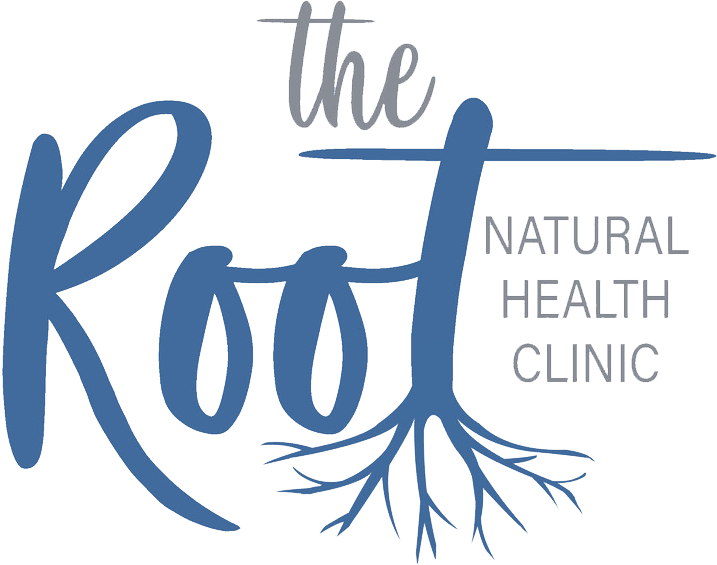Iron In Pregnancy
Adequate iron levels are incredibly important in pregnancy. Low levels can not only lead to fatigue and other anemia-related symptoms in Mama, but can also severely impact babe’s health. Low iron levels have been associated with higher risk of pre-term birth, pre-eclampsia, poorer fetal oxygenation, and restricted fetal growth. Logically, many assume that iron levels would increase in pregnancy since there is no menstrual blood loss, but levels actually DECREASE. There is a higher need for iron in the body with the developing babe, and that becomes especially important in the second trimester.
Most prenatal multivitamins have iron in them (often that’s what actually makes them a prenatal vs. regular multi), but you have to be careful of the form of iron. Not all irons are created equally. Some are better absorbed than others, and some can cause significant digestive upset (constipation, nausea, vomiting being the most common symptoms).
The first category breakdown of iron supplementation is heme versus non-heme. Heme iron is animal based, like the kind we have in our own bodies. This form is typically easiest for us to use and absorb, but it can get costly. Non-heme iron is elemental or plant-based, which can be difficult to absorb depending on the form. Studies show that many of these forms can successfully raise iron levels, but can come at a very uncomfortable price of constipation and nausea. Iron sulfate and fumarate are the most common forms that cause these nasty effects. One study found that 78% of women who took iron sulfate experienced gastrointestinal adverse effects. These cheaper forms are found in the commonly-prescribed Materna and PregVit multis, among many other lower-quality (and usually therefore less expensive) prenatal supplements.
Forms that are much better tolerated include iron glycinate/bisglycinate (chelated or not), carbonyl iron, or iron polysaccharide/polymaltose complexes. All of these forms have been studied to be safe and as effective, if not more, than their sulfate and fumarate counterparts in pregnant women, but WITHOUT the unpleasant effects.
You can also try to increase iron through your diet (click link for HOW) if you’re able to absorb it properly. Foods high in iron include red meats, dark and leafy greens (like spinach or kale), lentils and legumes, or teas like nettles. Be careful with what you eat it with, though! High calcium-containing foods can compete with iron for absorption, while coffee, green tea, and black tea can all block iron. It’s best to consume iron (or your iron supplement!) with vitamin C or vitamin C-containing foods (like kiwis, oranges, or green/red peppers).
Knowing where your iron levels sit before pregnancy is not only important for fertility health, but also for deciding what kind of supplementation you may need during pregnancy and breastfeeding (also a time of increased iron needs)! Some people who are more vulnerable to low iron levels include women who have heavier periods, vegetarians or vegans, or those with poor digestion (you need to be able to break it down to absorb it). It’s critical that iron levels get appropriately assessed and you find out what kind of iron is best suited for you. Your Naturopathic Doctor can test thoroughly and guide you through this process.
References:
– PMID 24152889
– PMID 17435611
– PMID 11688081
– PMID 29843553
